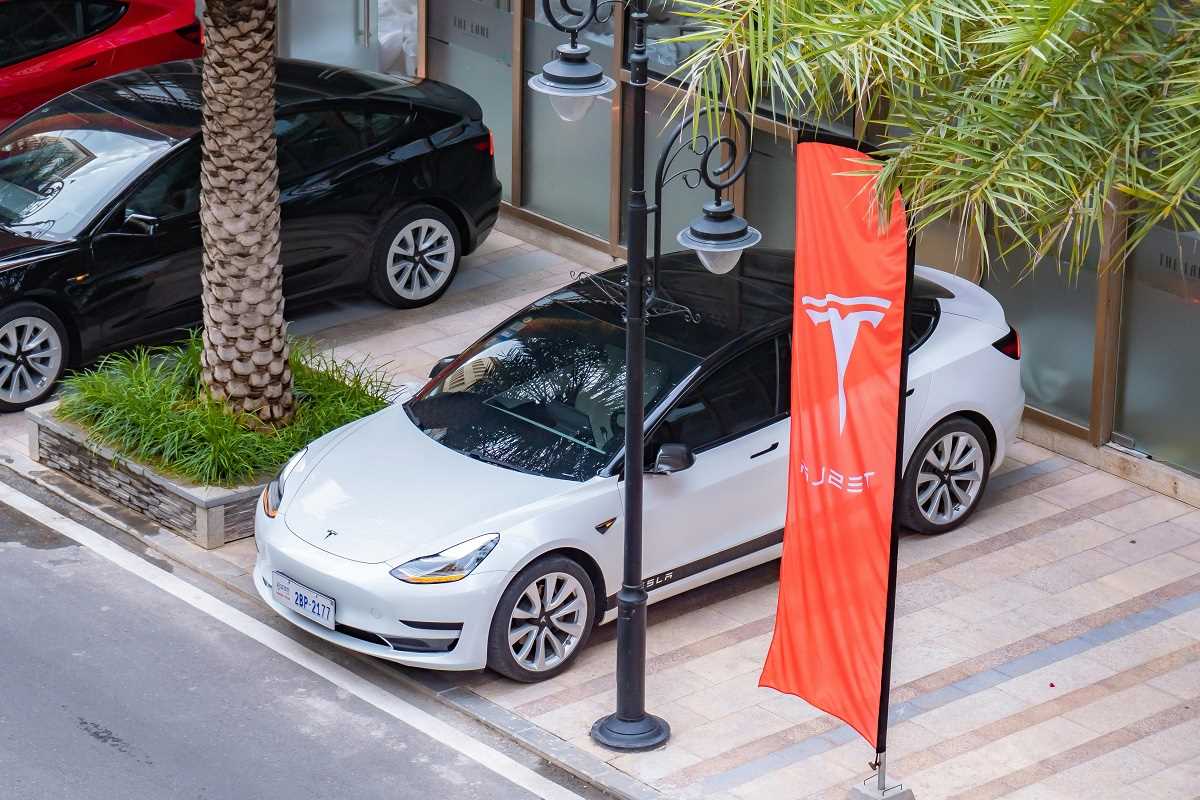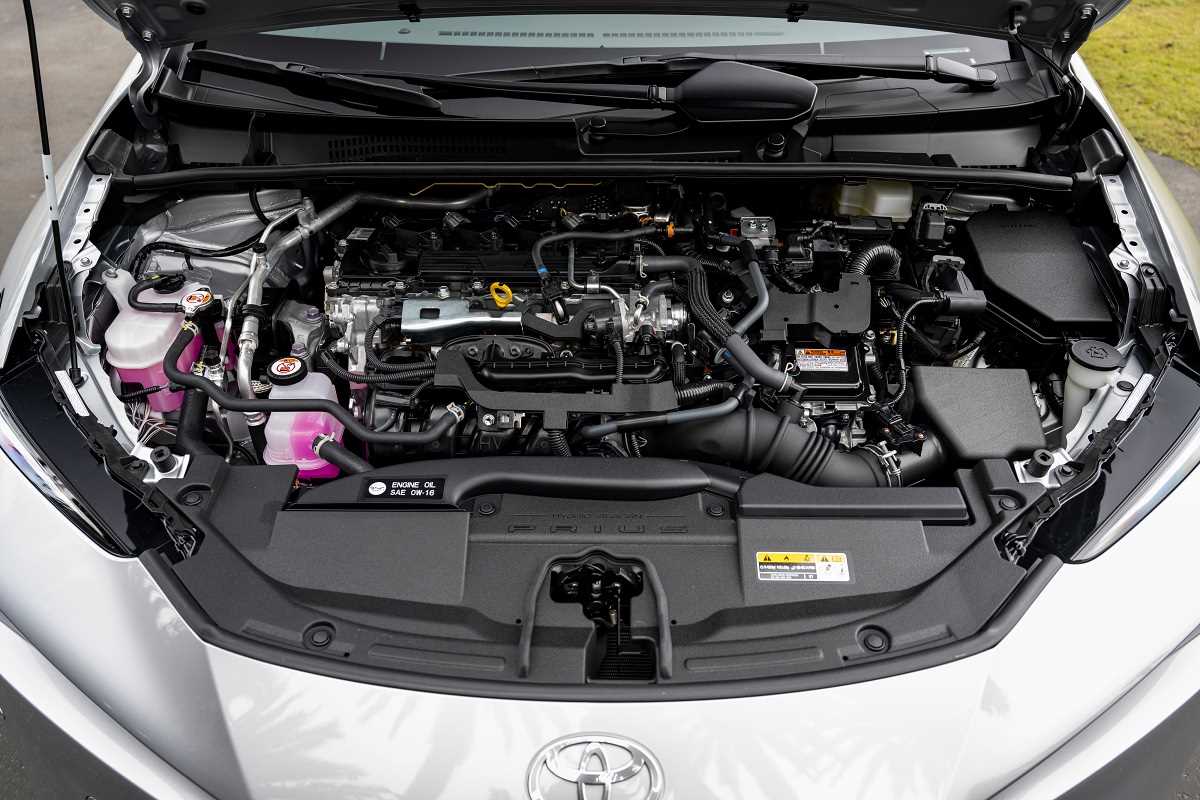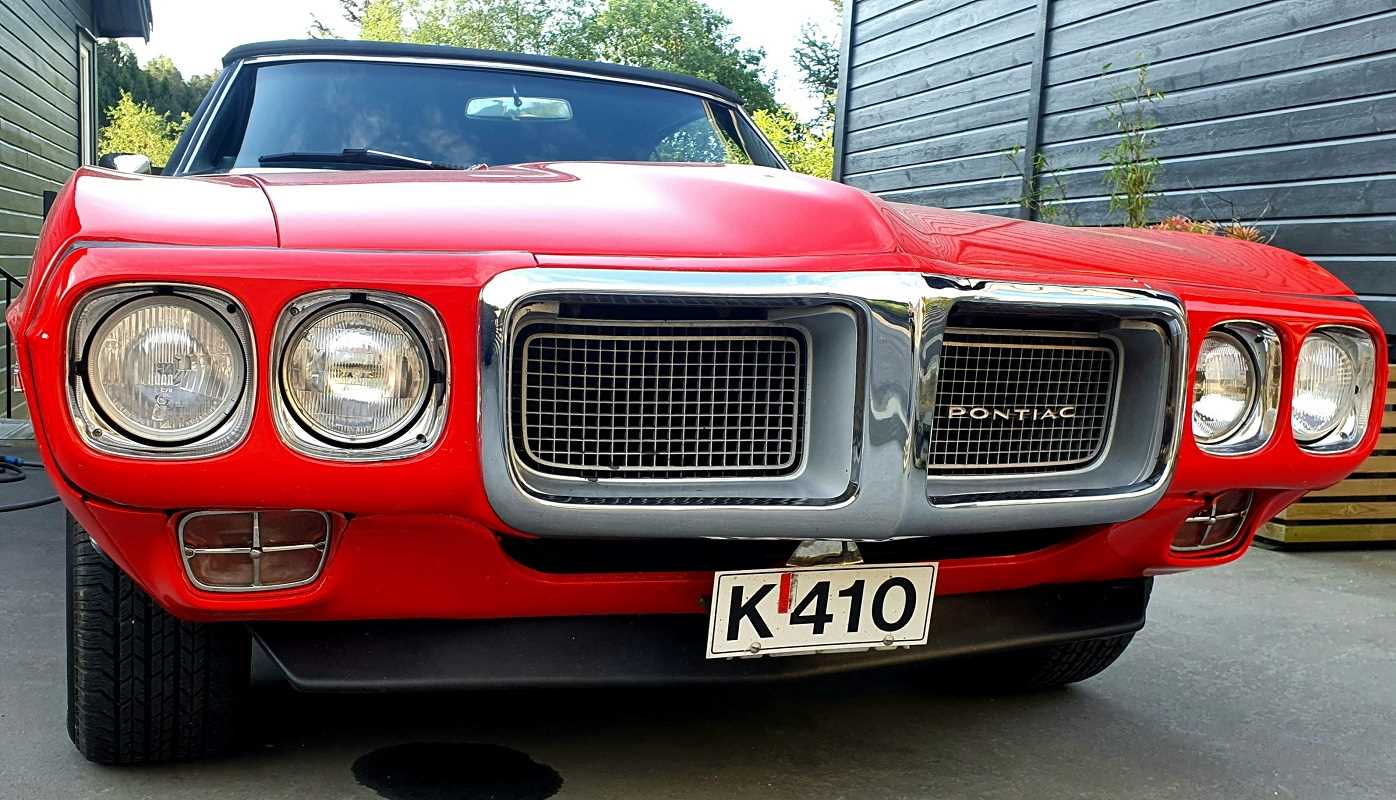If you’re a car enthusiast, hearing about older cars being phased out can feel like saying goodbye to an old friend. Every year, automakers assess their lineups, retiring models that no longer make sense in today’s evolving market. Whether it’s due to declining sales, changing consumer preferences, or stricter regulations, some vehicles we’ve become familiar with over the years are simply not making a return in 2025.
For better or worse, the automotive world is shifting gears faster than it ever has before. With the push towards electrification, the rise of SUVs, and increased focus on high-tech features, manufacturers are leaving some models in the rearview mirror. This article takes a closer look at the cars not returning in 2025, exploring the reasons behind their discontinuation and what this means for the future of driving.
Why Do Cars Get Discontinued?
Before jumping into specifics, it’s worth understanding why automakers decide to pull the plug on certain models. While it might seem sudden, these decisions are usually years in the making.
1. Declining Sales
Sometimes, cars stop selling. It’s as simple as that. When a model isn’t bringing in enough revenue to justify its production, automakers redirect resources to more popular options. For example, sedans and compact cars have been losing favor as more people opt for roomy SUVs and crossovers.
2. Shift Toward Electric Vehicles (EVs)
Gas-powered vehicles are facing mounting pressure as governments around the world enforce stricter emissions standards. Many automakers are transitioning to electric cars, leaving behind some long-standing favorites that don’t align with their green goals.
3. Cutting the Fat
Not every car in a manufacturer’s lineup is a winner. Sometimes, automakers downsize their offerings to focus on models delivering the best profit margins. It’s all about efficiency, and that often means saying goodbye to niche or redundant vehicles.
Cars That Won’t See 2025
Now, the part you’re really here for. Below are some of the well-known models that manufacturers have decided to leave behind. Certain decisions might surprise you–others, not so much.
1. Chevrolet Camaro
Oh, the heartbreak. The Camaro has been a staple of American muscle car culture since its introduction in the 1960s. But dwindling sales and GM’s pivot toward electrification have sealed its fate for 2025.
Why it’s being axed: The Camaro’s sales have been steadily declining, largely overshadowed by the Ford Mustang and Dodge Challenger. With GM heavily investing in their “Ultium” EV platform, they’re prioritizing future-oriented models over legacy nameplates. But don’t lose hope, gearheads–rumor has it a high-performance electric Camaro might be on the horizon.
2. Honda Insight
Honda’s hybrid sedan, the Insight, never quite found its footing in a competitive market. Positioned as a fuel-efficient, eco-friendly option, it got lost in the shuffle between the Honda Civic and Accord.
Why it’s being axed: Despite being one of the early players in the hybrid space, the Insight struggled to stand out against more recognizable alternatives like the Toyota Prius. Additionally, Honda is ramping up its electric vehicle lineup and phasing out models that no longer align with their new vision.
3. Toyota C-HR
One look at the Toyota C-HR and you’ll either love or hate its futuristic design. This compact crossover aimed to attract younger buyers, but sales numbers suggested it wasn’t a hit in North America.
Why it’s being axed: The compact SUV segment is crowded, and the C-HR hasn’t managed to carve out a dominant niche. Toyota plans to focus on stronger players like the RAV4 and Corolla Cross, which have broader appeal.
4. Nissan Maxima
The Nissan Maxima, once hailed as the “four-door sports car,” reached the end of the road after decades of service. With dwindling sedan sales across the industry, Maxima’s loyal fanbase wasn’t enough to keep it alive.
Why it’s being axed: The Maxima has been overshadowed by its more practical cousin, the Altima, and bigger SUVs in Nissan’s lineup. Speculation also suggests Nissan could revive the Maxima as an all-electric sedan in the near future.
5. Kia Stinger
Kia made waves when the Stinger hit the scene, offering sporty looks and performance with an ambitious entry into the sports sedan market. Unfortunately, its run is coming to a close after 2024.
Why it’s being axed: The Stinger’s sales struggled against heavyweights like BMW and Audi, and many buyers turned their attention to more practical options like SUVs. Kia is increasingly focusing on electric models like the EV6, and the Stinger just doesn’t fit into that equation anymore.
What Discontinued Cars Mean for Buyers
If one of your favorite models is being retired, all hope is not lost. Here’s what it means for car buyers–and why it’s not always a bad thing.
Discounts on Remaining Inventory
When manufacturers discontinue a car, dealerships usually slash prices to clear out any remaining inventory. If you don’t mind missing out on future updates, this can be a great way to snag a high-value vehicle at a discount.
Challenges with Resale and Parts
On the flip side, owning a discontinued car can have its challenges. Over time, resale values may decline faster than they would for active models, and finding replacement parts might become trickier. Still, automakers are legally required to provide parts for most vehicles for at least 10 years after production ends.
Room for Innovation
When older models step aside, it clears the way for exciting new innovations. The same brands retiring gas-powered icons are launching groundbreaking EVs with cutting-edge tech. Sure, you’ll miss the roar of a Camaro’s engine, but who knows? You might fall in love with the sleek speed of its electric successor.
What’s Next for the Auto Industry?
The cars not coming back in 2025 reflect broader trends shaping the future of driving. Here’s what you can expect from the roads ahead.
1. A Surge in Electric Vehicles
With more automakers pledging to go all-electric by 2030 or sooner, you’ll start to see EVs dominate showrooms. Brands like Ford, GM, and Hyundai are rolling out a surge of electric SUVs, sedans, and pickup trucks to suit a variety of lifestyles.
2. The Fall of the Sedan
The sedan’s slow demise continues as SUVs and crossovers reign supreme. Automakers are shifting resources to these best-sellers, leaving fewer options for sedan fans. If you’re a die-hard four-door lover, cherish the remaining choices while you can.
3. Advanced Tech and Safety Features
From self-driving capabilities to fully connected infotainment systems, the cars of tomorrow are doubling down on technology. Even budget-friendly models are equipped with features that seemed futuristic just a decade ago.
4. Higher Prices, But Better Value
While new vehicles are becoming more expensive, they’re also delivering more bang for your buck. Enhanced performance, improved safety, and reduced environmental impact make today’s cars smarter investments than ever before.
.jpg) (Image source: Toyota)
(Image source: Toyota) 





